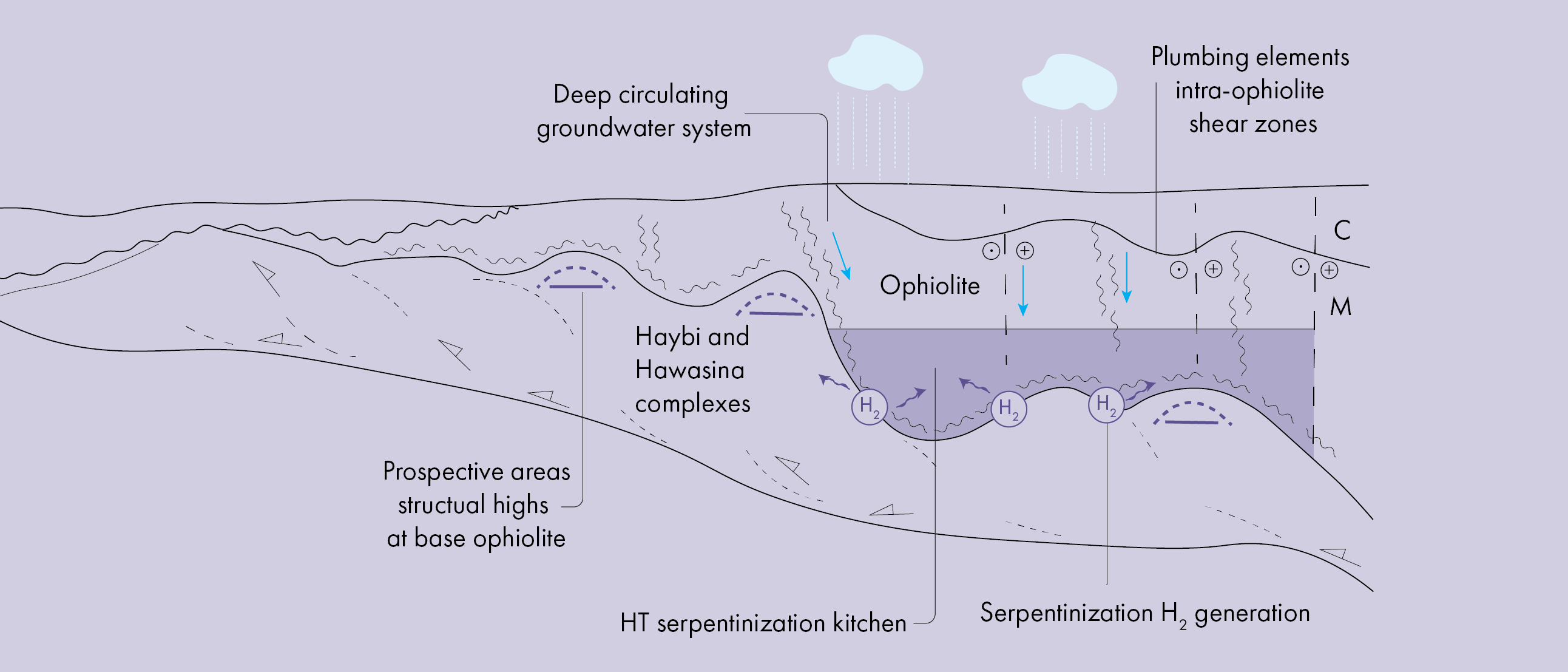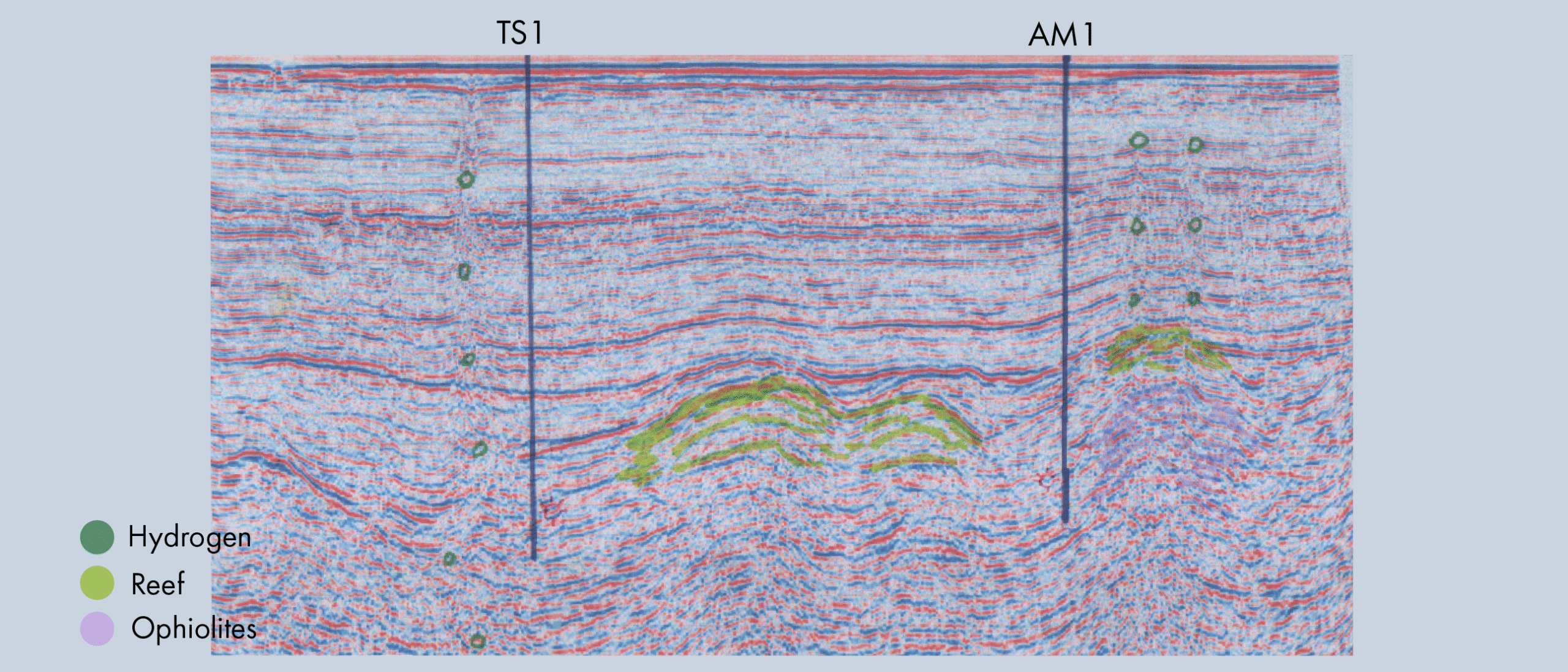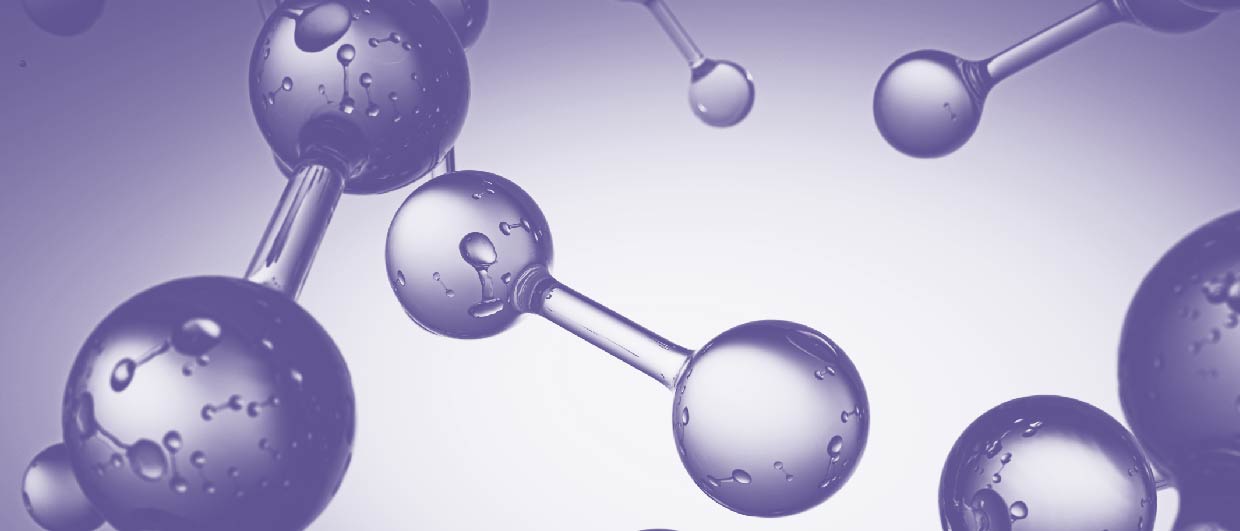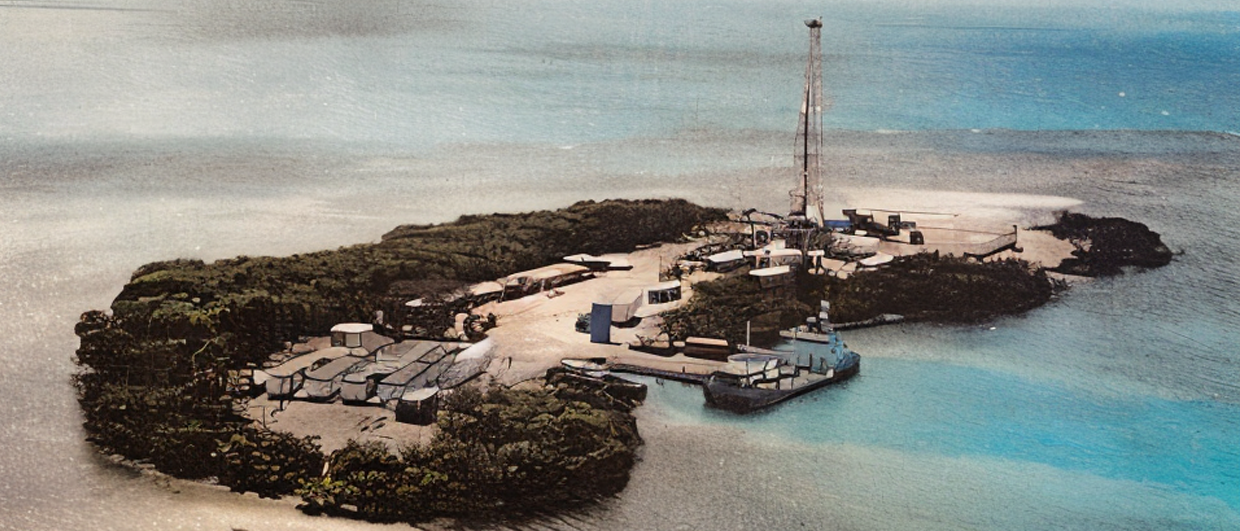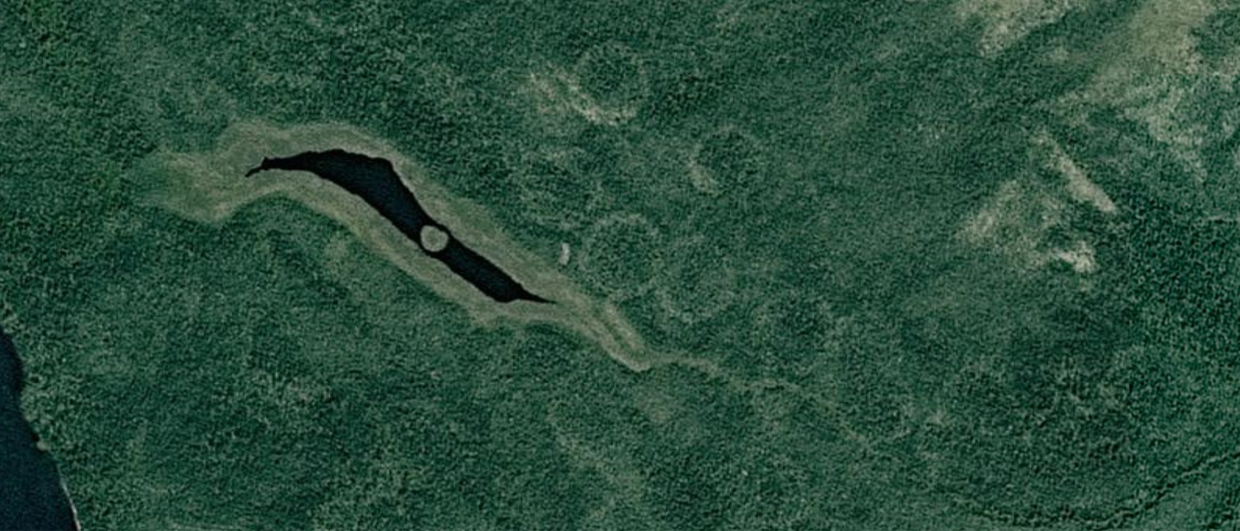Ophiolites, consisting of obducted oceanic crust, form a logical candidate to explore for hydrogen because the process of serpentinization, which is common in olivine-rich rocks, results in the generation of the gas.
For that reason, RAK Gas, working with the Natural Hydrogen Study Group (NHSG) and Metatek, has embarked on an exploration programme in the Ras Al Khaimah (RAK) South Concession located in the northern Oman – UAE mountains. The aim of the study is to investigate the potential for hydrogen generated and retained within or below the Semail Ophiolite.
Based on work done so far, the project team identified two potential hydrogen plays for the region. The first play is an intra-ophiolite play where hydrogen occurs in serpentinized, sheared or fractured harzburgites of the ophiolite and along shear-zones. The second play type includes hydrogen accumulated beneath the ophiolite in fractured carbonates, cherts and shales of the Haybi and Hawasina complexes.
But how to map the shear zones and the structure of the ophiolite? Any potential well drilled should ideally test one or both of the play elements defined above.
Mapping the structure and base of the ophiolite has been carried out mainly by studying full tensor gravity (FTG) and aeromagnetic data acquired over RAK South by Bell Geospace in 2016. Further conditioned and re-processed by Metatek last year, the resulting 3D model shows the folded and faulted nature of the ophiolite, which, along with geological field measurements, allows the determination of potential traps. Further geophysical interpretation has shown the internal structure as a 3D network of vertical or sub-vertical shear-zones extending throughout the ophiolite.
This work has thus paved the way for subsequent work to further de-risk these plays by applying a model that determines the ‘maturity’ or thermal level for optimum hydrogen generation.
SERPENTINIZATION
Hydrogen systems in the ophiolite are the product of serpentinization. This requires a source rock (protolith) and a water supply with an effective plumbing system. The major controls on serpentinization and the generation of gas-phase hydrogen are rock composition, temperature and the rate of water supply. Geochemical modelling shows that harzburgites (70 % olivine) have the highest yields over the temperature range of 200-330o C. This is the hightemperature serpentinization window.
Water supply can be meteoric (groundwater), seawater or dehydration fluids driven off the subducting slab. Plumbing is provided by the network of faults / shear-zones. Present-day serpentinization is expected at deeper, high-temperature conditions. The base ophiolite model gives an idea of the depths that the ophiolite reaches in the present day. Temperature modelling shows that the high-temp window starts
at ~12.5 km.

